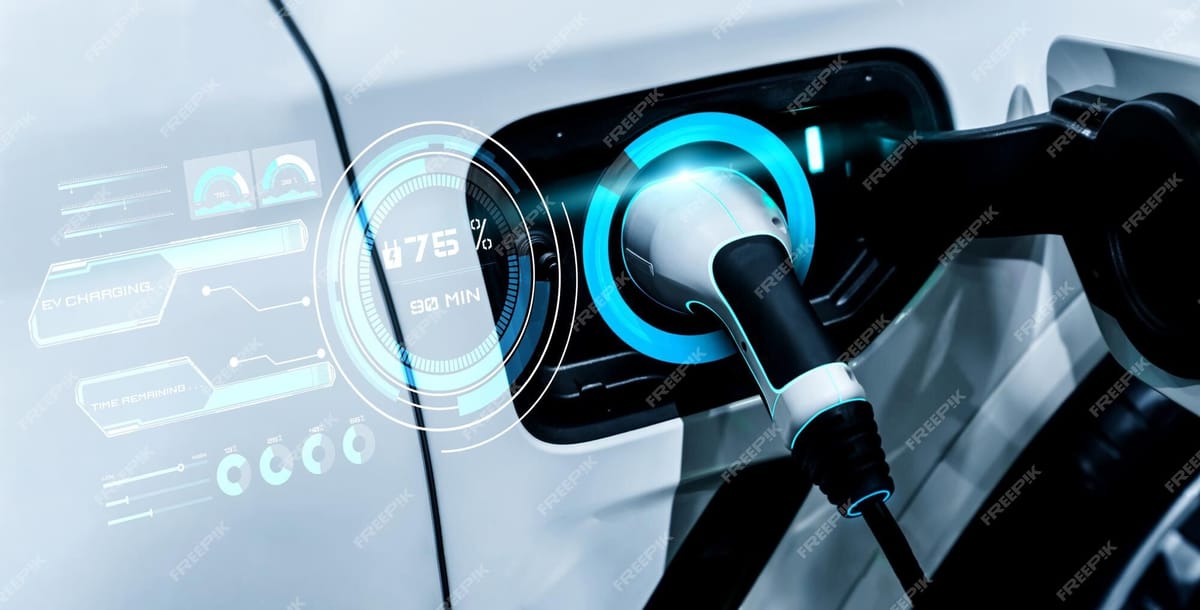The Electric Vehicle Experience: Leads Digital Transformation - Course Monster Blog Citrix

Both the digital and electric vehicle industries are witnessing transformations within the automotive industry. Automotive firms are focusing on battery-electric mobility in particular since it is known to be a great motivator of net-zero objectives. They are embarking on an expedited and ambitious digital transformation journey to become mobility-tech enterprises to fulfill these goals. This change calls for a data- and digital-first approach and the trip is full of challenges that we’ll discuss in this blog post, including digitizing production, enabling, retaining, and attracting personnel, satisfying customer expectations, and protecting the digital environment.
Digitizing Production to Meet E-Mobility Ambitions
European manufacturers are extending their production runs to accommodate the rising demand for electric vehicles. Manufacturers must balance reducing unexpected delays with achieving sustainability goals to satisfy time-to-market goals.
A digital and data-driven infrastructure that allows for the flexibility required to secure future production locations and the construction of electric architecture must be used to address the rapid production and deployment of electric vehicle. As a result, design, and production facilities are becoming more automated, intelligent, linked, and reliant on IoT.
Enabling, Attracting, and Retaining Talented for the Digitalized Workspace
Rapid technological progress necessitates a change in employee skill sets and new demands on companies. A linked e-vehicle network, for instance, focuses on data, which is integrated into every part of manufacturing. As a result, automotive companies are providing training to employees to help them navigate the digitization process.
By integrating it into organizational procedures and structures and opening up new career options, the adoption of a company-wide digital data mindset also improves the employee experience. As a result, the connected organization benefits from higher levels of productivity, collaboration, and efficiency. As an illustration, take AWL, which overcome the difficulty of syncing data across various manufacturing sites and its headquarters to build a sales floor that is 90% digital with a reliable and consistent employee experience.
Central to digitalization initiatives are software arms and digital hubs, which promote tech talent, deliver innovation, and help businesses gain a competitive edge by differentiating their products. Automobile manufacturers usually work with outside parties in addition to their employees to create new software-enabled driver and customer experiences. These partnerships provide scalable software innovations and digital services growth rather quickly, and they are more evidence that automotive businesses usually lead the way in technology.
Meeting Customer Expectations Through Electric Vehicle, Connectivity
One of the demands that customers have for electric vehicle is sustainability. They must also be technologically advanced, linked, useful, and secure. Delivering a next-generation customer experience depends on the innovation potential of new software. It’s no small task to meet these demands and develop a premium digital driving experience for a wide range of automobile customers, including geographic areas, generational groups, and “luxury” categories. Manufacturers depend on their seasoned designers to remain at the top of their game, prepared with the most recent knowledge and resources to support innovation and agility.
Protecting the Digital Environment with the use of Electric Vehicle
The IP and investments made in technology must also be protected against internal and external threats. Productivity, income, and brand can all suffer significant harm from a breach, all of which are being examined more and more. Internal apps and connected gadgets are usually the direct targets. IoT devices, on the other hand, are most in danger, as shown by The Ponemon 2022 Study, The Cost of Insider Threats study, with 63% of the companies surveyed most worried about the loss of sensitive data from unmanaged devices.
Automobile manufacturers are relying on multi-layered security protection to prevent breaches and data loss as they increase the deployment of internal web apps and linked devices to grow operations. Some of the security solutions employed to counteract the very real risks of today are covered in this Citrix blog post.
Conclusion
The advantages of e-mobility for the environment and consumers are well known, and the race to develop sustainable, technologically advanced electric vehicle has picked up speed. By incorporating digital twins, connected devices, and new methods of working, top automobile businesses have already made significant progress toward the digital transformation supporting e-mobility. However, digitization alone cannot address all of the issues. Success requires both digital talent and the appropriate set of abilities.
The threat posed by security vulnerabilities is just one of the new problems that the digital revolution necessarily brings, but resolving these challenges paves the way for future innovation in products, driver experience, digital skills, and profitability.
Here at CourseMonster, we know how hard it may be to find the right time and funds for training. We provide effective training programs that enable you to select the training option that best meets the demands of your company.
For more information, please get in touch with one of our course advisers today or contact us at training@coursemonster.com




Comments ()